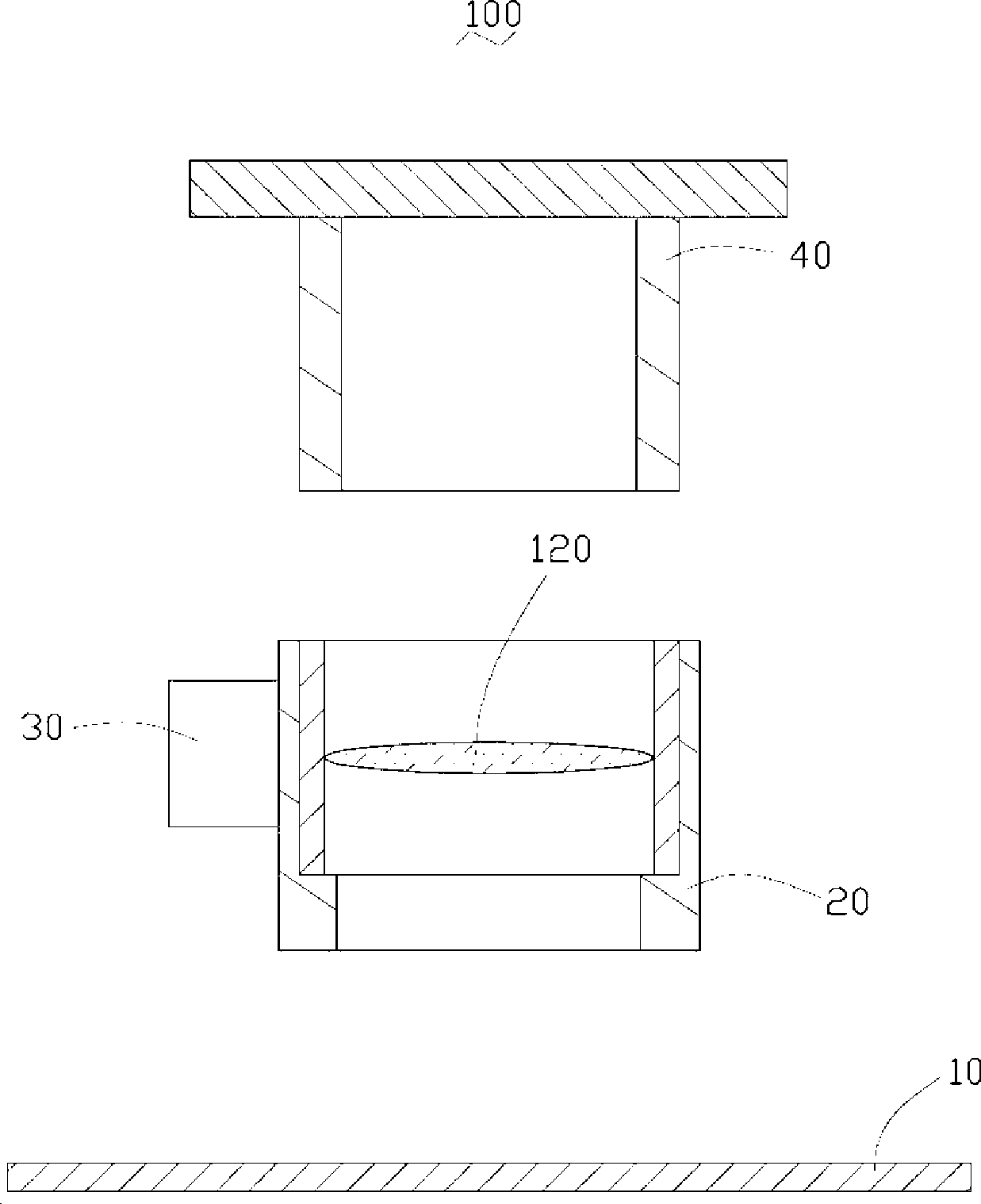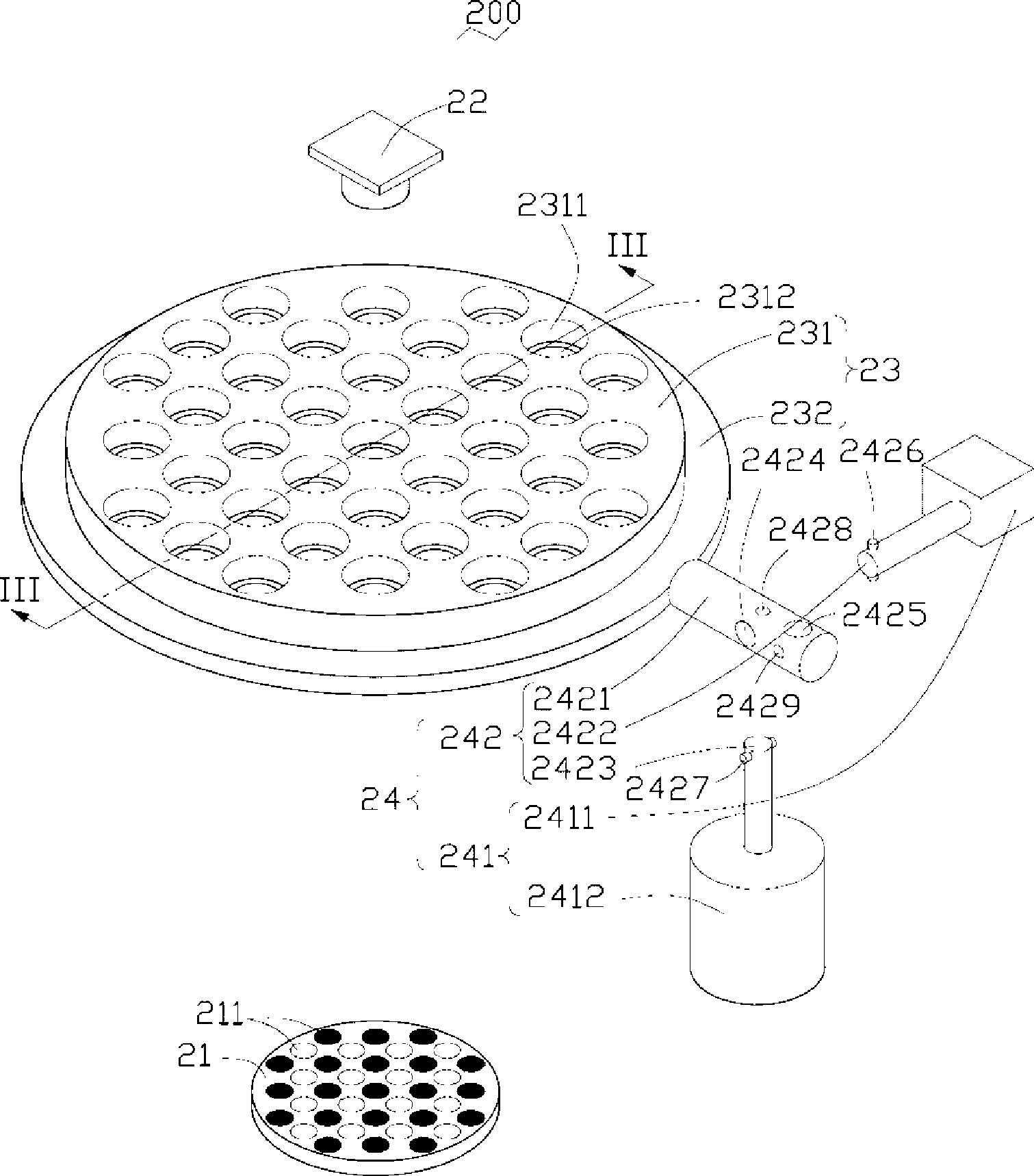Method and device for measuring modulation transfer function value
A modulation transfer function and measurement device technology, which is applied in the field of lens inspection, can solve problems such as low measurement efficiency, wrong measurement results, and increased measurement costs, and achieve the effect of improving measurement accuracy and detection efficiency
- Summary
- Abstract
- Description
- Claims
- Application Information
AI Technical Summary
Problems solved by technology
Method used
Image
Examples
Embodiment Construction
[0018] The measurement device and method for the modulation transfer function value of the technical solution will be further described in detail below in conjunction with the accompanying drawings and embodiments.
[0019] see figure 2 , which is the modulation transfer function measurement device 200 provided by the first embodiment of the technical solution, which includes a test board 21 , an image sensor 22 , a carrying device 23 and a driving device 24 . The modulation transfer function value measuring device 200 is used to measure the modulation transfer function value of the lens.
[0020] The test board 21 has a plurality of areas with different brightness, for ease of description, figure 2 A plurality of patterns 211 represent areas of different brightness. For subsequent measurement, a first test area and a second test area are defined on the test board 21 . Both the first test area and the second test area have a plurality of alternate light and dark patterns ...
PUM
 Login to View More
Login to View More Abstract
Description
Claims
Application Information
 Login to View More
Login to View More - R&D
- Intellectual Property
- Life Sciences
- Materials
- Tech Scout
- Unparalleled Data Quality
- Higher Quality Content
- 60% Fewer Hallucinations
Browse by: Latest US Patents, China's latest patents, Technical Efficacy Thesaurus, Application Domain, Technology Topic, Popular Technical Reports.
© 2025 PatSnap. All rights reserved.Legal|Privacy policy|Modern Slavery Act Transparency Statement|Sitemap|About US| Contact US: help@patsnap.com



